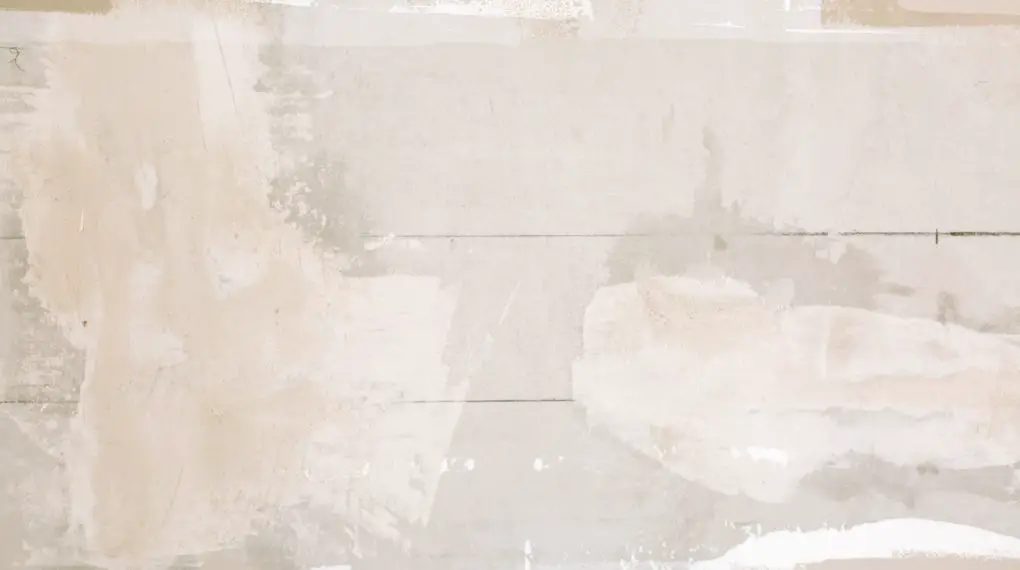Figuring out how to sand mud on drywall may seem like a daunting task, but it’s a critical step for achieving a smooth and professional finish. Fortunately, we’ve got you covered with this comprehensive guide.

Step 1: Gather Your Materials
Before you start, make sure you have all the necessary materials:
- Drywall sanding sponge or sandpaper (150 to 220 grit)
- Protective eyewear
- Dust mask
- Shop vacuum
- Painter’s tape
Step 2: Safety Precautions
Your safety should never be compromised, especially when you’re dealing with particles that could get into your eyes or lungs.
- Protective Eyewear: Choose safety goggles that fit snugly against your face to protect your eyes from fine dust particles.
- Dust Mask: Opt for an N95 mask or better to prevent inhalation of drywall dust, which could be harmful when breathed in.
- Gloves: While not strictly necessary, wearing work gloves can protect your hands from minor abrasions.
- Ventilation: If possible, open windows and use fans to improve ventilation, reducing the accumulation of dust in the air.
Remember, these safety measures are not optional; they’re essential to protecting your well-being.
Step 3: Prepare the Area
- Electrical Outlets: Turn off the electricity to the room as a precaution, then cover electrical outlets with painter’s tape to prevent dust buildup inside.
- Sensitive Areas: Use painter’s tape to mark off trim, windows, and any other areas you don’t want to sand. This protects them from accidental scuffs.
- Clear Furniture: Remove any furniture from the room to give yourself ample space to work.
- Drop Cloths: Lay down drop cloths or plastic sheeting on the floor to catch falling drywall dust, making cleanup easier later.
Step 4: Assess the Drywall Mud
- Check Dryness: Gently touch the mud. It should feel completely dry to the touch and have a consistent color. If it’s still damp, wait longer for it to dry fully.
- Inspect Texture: Ensure that the mud is smooth and free from noticeable lumps, which would require additional smoothing before you start sanding.
Step 5: Begin Sanding
- Choose Your Tool: Select a sanding sponge for corners and edges and sandpaper (150 to 220 grit) for larger flat areas.
- Technique: Hold the sandpaper or sanding sponge flat against the wall. Using a gentle pressure, move in either circular or side-to-side motions.
- Even Pressure: Don’t press down too hard. Allow the abrasive surface of the sandpaper to gradually wear down the mud.
Step 6: Check for Smoothness
- Visual Inspection: First look over the area you’ve sanded for any obvious rough patches.
- Hand Test: Lightly run your hand over the surface to feel for uneven areas. Your fingers can catch small imperfections that your eyes might miss.
- Additional Sanding: If you find any rough spots, go over them with your sandpaper or sponge until they feel smooth to the touch.
Step 7: Clean Up
- Vacuum: Use a shop vacuum with a fine-dust filter to remove as much dust as possible from the walls and floor.
- Remove Painter’s Tape: Carefully peel away the painter’s tape from all covered areas.
- Dispose of Dust: Ensure that the collected dust is disposed of in a sealed bag to prevent any airborne particles from escaping.
For more articles on sanding, click here: Sanding: Your Full-Circle Guide to Smooth Mastery
How to Sand Mud on Drywall: Conclusion
Now that you know how to sand mud on drywall, you can confidently tackle your home renovation project and expect a flawless finish. Follow these steps carefully and take your time for the best results.
